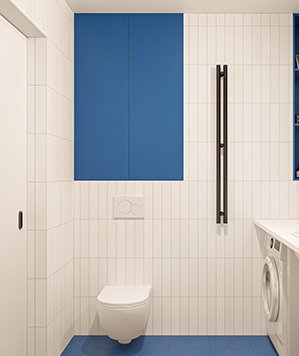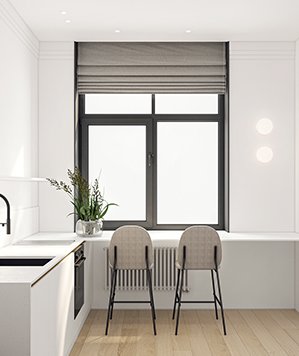
Aesthetics that stand the test of time.
News
Architecture has always been an ever-evolving field, and the constant advancement of technology has brought about numerous exciting innovations and possibilities for architects to explore. From new materials and construction techniques to virtual reality tools and advanced modeling software, here are some of the most exciting technological advancements in architecture today.
3D Printing
One of the most exciting technologies to emerge in recent years is 3D printing, which is revolutionizing the way architects and engineers approach the design and construction process. 3D printers can create complex architectural models and prototypes quickly and with remarkable accuracy, allowing architects to experiment with different designs and test them before committing to the construction process.
Virtual Reality
Another game-changing technology that has emerged in the field of architecture is virtual reality. Virtual reality allows architects to create immersive, lifelike 3D simulations of their designs, enabling clients to explore and interact with the space before it is constructed. This technology has the potential to revolutionize the way architects and clients collaborate, improving communication and enhancing the design process.
Architecture is the triumph of human imagination over materials, methods, and men, to put man into possession of his own earth. It is at least the geometric pattern of things, of life, of the human and social world. It is at best that magic framework of reality that we sometimes touch upon when we use the word order.
Building Information Modeling (BIM)
BIM is a digital tool that allows architects to create a detailed, 3D model of a building and its components. This technology provides architects with a powerful tool to manage and share complex design data, streamlining the design process and improving collaboration between stakeholders. BIM is also used to detect potential conflicts between different building systems, reducing the likelihood of errors and improving the efficiency of the construction process.
- Inspiring spaces

 We believe that customer satisfaction is paramount, and we strive to provide a personalized service to our clients. We understand that every business is unique, and we work closely with our clients to tailor our services to their specific requirements.
We believe that customer satisfaction is paramount, and we strive to provide a personalized service to our clients. We understand that every business is unique, and we work closely with our clients to tailor our services to their specific requirements. - Design better

 We believe that customer satisfaction is paramount, and we strive to provide a personalized service to our clients. We understand that every business is unique, and we work closely with our clients to tailor our services to their specific requirements.
We believe that customer satisfaction is paramount, and we strive to provide a personalized service to our clients. We understand that every business is unique, and we work closely with our clients to tailor our services to their specific requirements. - Transforming spaces

 We believe that customer satisfaction is paramount, and we strive to provide a personalized service to our clients. We understand that every business is unique, and we work closely with our clients to tailor our services to their specific requirements.
We believe that customer satisfaction is paramount, and we strive to provide a personalized service to our clients. We understand that every business is unique, and we work closely with our clients to tailor our services to their specific requirements. - Modern solutions

 We believe that customer satisfaction is paramount, and we strive to provide a personalized service to our clients. We understand that every business is unique, and we work closely with our clients to tailor our services to their specific requirements.
We believe that customer satisfaction is paramount, and we strive to provide a personalized service to our clients. We understand that every business is unique, and we work closely with our clients to tailor our services to their specific requirements.
Sustainable Materials
In recent years, there has been a growing focus on sustainability and environmental responsibility in architecture. This has led to the development of new, sustainable building materials that are environmentally friendly and durable. For example, materials like bamboo and hempcrete are renewable and sustainable, making them a popular choice among architects who prioritize sustainability in their designs.




In conclusion, technology has opened up new possibilities and opportunities for architects to explore and experiment with different designs and construction techniques. From 3D printing and virtual reality to sustainable materials and robotics, architects now have a wide range of tools and technologies at their disposal to bring their vision to life. By embracing these innovations, architects can create structures that are not only functional and aesthetically pleasing but also sustainable and environmentally responsible.


One Reply to “Aesthetics that stand the test of time.”
Your site’s position in the search results https://zetds.seychellesyoga.com/info